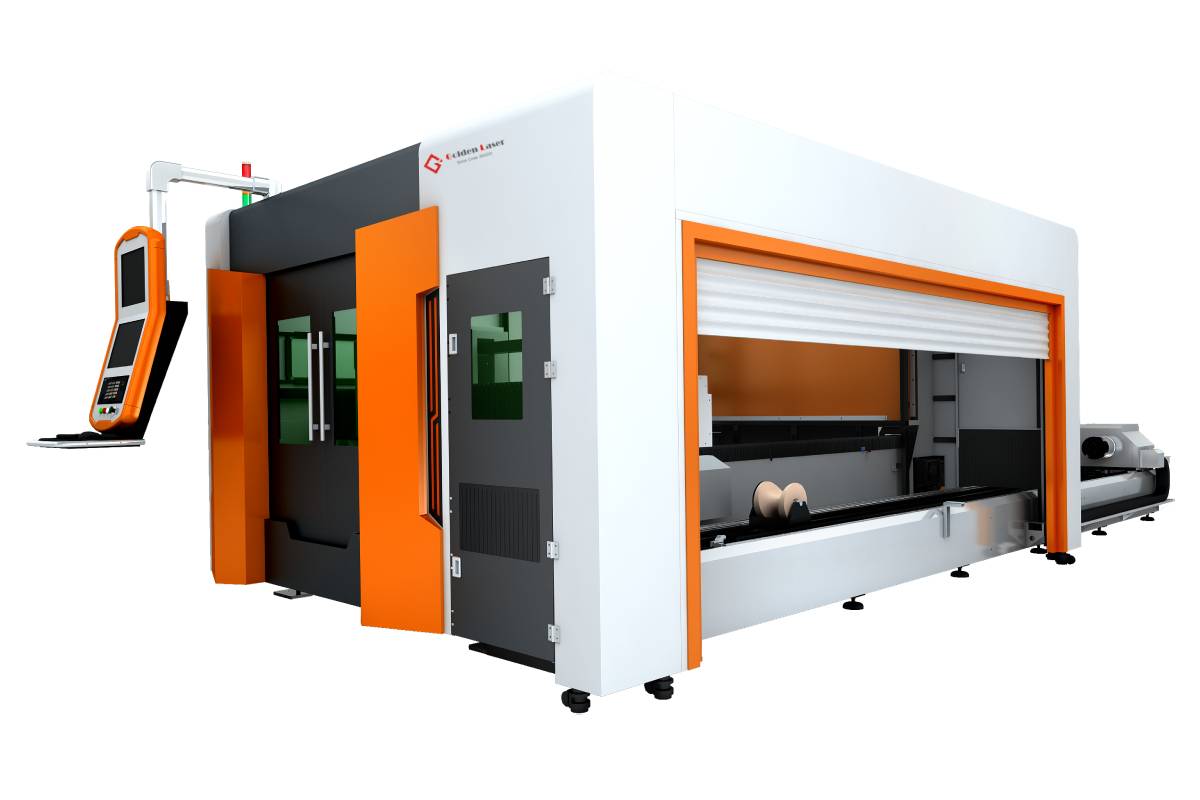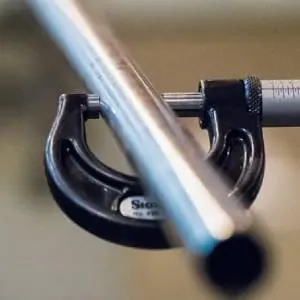In the realm of manufacturing and metal fabrication, the quest for precision and reliability has led to remarkable advancements in technology. One of the standout innovations in recent years is the Fiber Metal Cutting Machine, a game-changer that has transformed traditional metalworking processes. Combining speed, efficiency, and unparalleled accuracy, these machines have become pivotal in various industries, from automotive to aerospace. In this article, we will delve into the working principles of fiber metal cutting machines, their numerous advantages, and the growing applications that showcase their capabilities.
To begin with, fiber metal cutting machines are equipped with fiber laser technology, which uses a solid-state laser to emit a focused beam of light. This technology is distinguished by its high efficiency, producing a more concentrated light compared to conventional CO2 lasers. As a result, fiber lasers are able to cut through a wide range of metals with exceptional speed and precision. Whether dealing with thin sheets or thicker materials, these machines can easily achieve clean, high-quality cuts, significantly reducing the need for post-processing.
One of the primary benefits of fiber metal cutting machines lies in their operational efficiency. Unlike traditional cutting methods that often require significant setup and recalibration, fiber lasers can seamlessly transition between different materials and thicknesses without extensive reconfiguration. This flexibility is especially crucial in modern manufacturing environments where the ability to adapt quickly to varying production demands can lead to substantial cost savings and increased throughput.

Exploring the Advantages and Innovations in Fiber Metal Cutting Machines for Enhanced Precision and Efficiency in Metal Fabrication
Moreover, fiber cutting technology translates to lower operating costs. Fiber laser machines generally consume less energy compared to their CO2 counterparts, resulting in decreased electricity bills. Additionally, their longer service lifespan reduces maintenance costs associated with replacement parts and downtime, making them an economically sound investment for manufacturers. The efficiency of fiber metal cutting machines is further enhanced by their ability to minimize waste. The precision of the cuts reduces the amount of scrap material, allowing manufacturers to optimize their material usage while also supporting sustainability initiatives.
Another significant aspect of fiber metal cutting machines is their ability to deliver superior cut quality. The beam produced by fiber lasers can be tightly focused, allowing for intricate designs and sharp edges. This level of precision is increasingly important as industries demand more complex shapes and details in their metal components. Furthermore, the quality of the cuts often eliminates or reduces the need for secondary operations, such as grinding or cleaning, thereby streamlining the overall manufacturing process.
In terms of automation, many fiber metal cutting machines integrate advanced technology features such as CNC (computer numerical control) systems. This automation allows for enhanced control over the cutting process, including variables like speed, power, and focal position. Operators can program the machine to reproduce specific designs with unparalleled consistency, reducing human error and ensuring a high standard of output.

Exploring the Advantages and Innovations in Fiber Metal Cutting Machines for Enhanced Precision and Efficiency in Metal Fabrication
The applications of fiber metal cutting machines extend across numerous industries. In the automotive sector, they are employed for cutting intricate parts, which are essential for the assembly process. The aerospace industry benefits from the precision of fiber laser cutting for the production of lightweight components that adhere to stringent safety standards. Additionally, sectors such as construction, electronics, and signage are increasingly utilizing fiber cutting machines to fulfill diverse requirements with accuracy and speed.
As technology continues to evolve, the future of fiber metal cutting machines promises even greater innovations. From advancements in software integration, which could enable real-time monitoring and adjustments, to improvements in laser technology that may enhance cutting capabilities, the horizon is bright for manufacturers investing in fiber optics.

Exploring the Advantages and Innovations in Fiber Metal Cutting Machines for Enhanced Precision and Efficiency in Metal Fabrication
In conclusion, the emergence of the Fiber Metal Cutting Machine represents a significant advancement in the field of metal fabrication. By combining efficiency, precision, and versatility, these machines are paving the way for more innovative production methods across various industries. As businesses strive for excellence in their manufacturing processes, embracing fiber cutting technology is not just an option—it’s a strategic imperative for staying competitive in today’s dynamic market. Stainless Steel Laser Cutter


